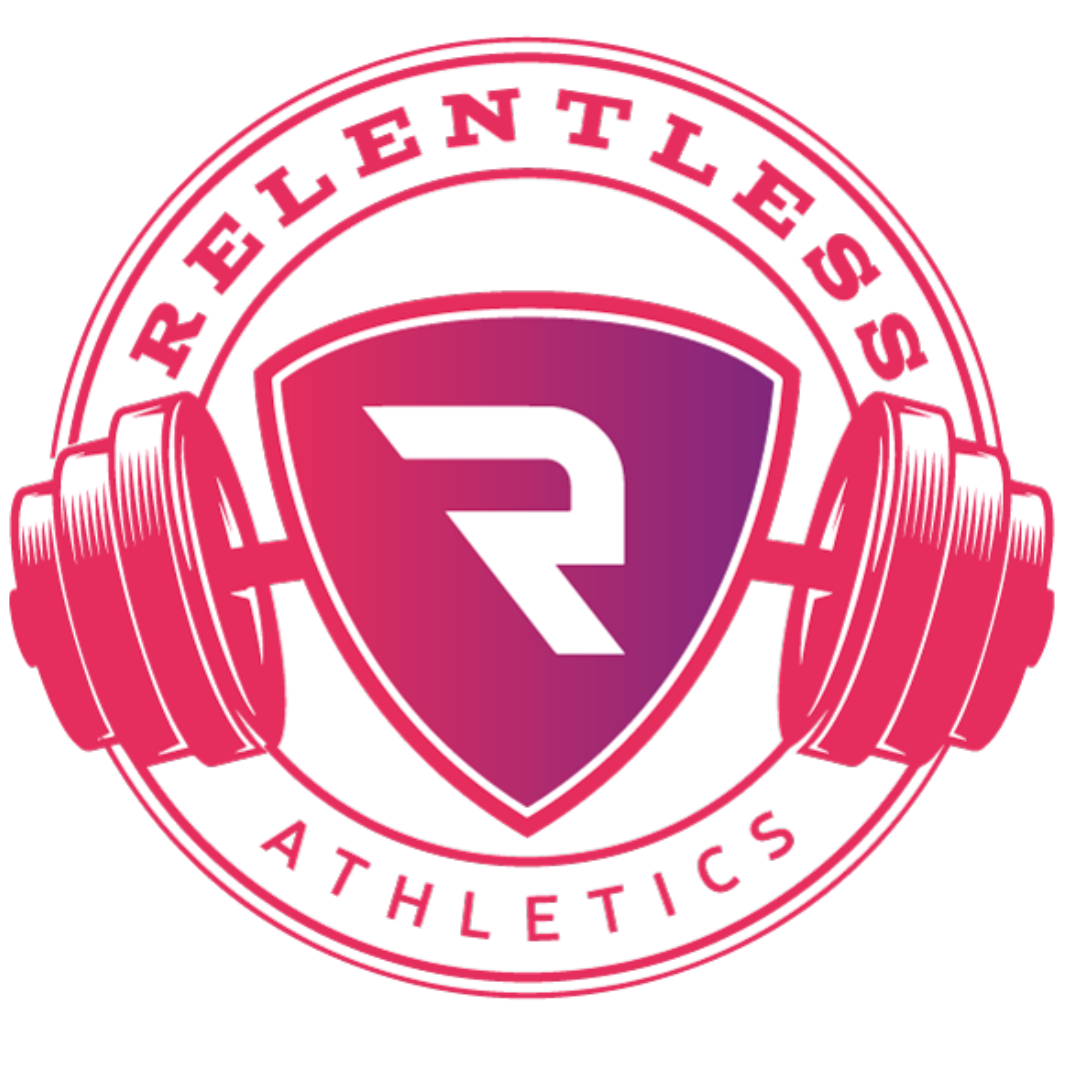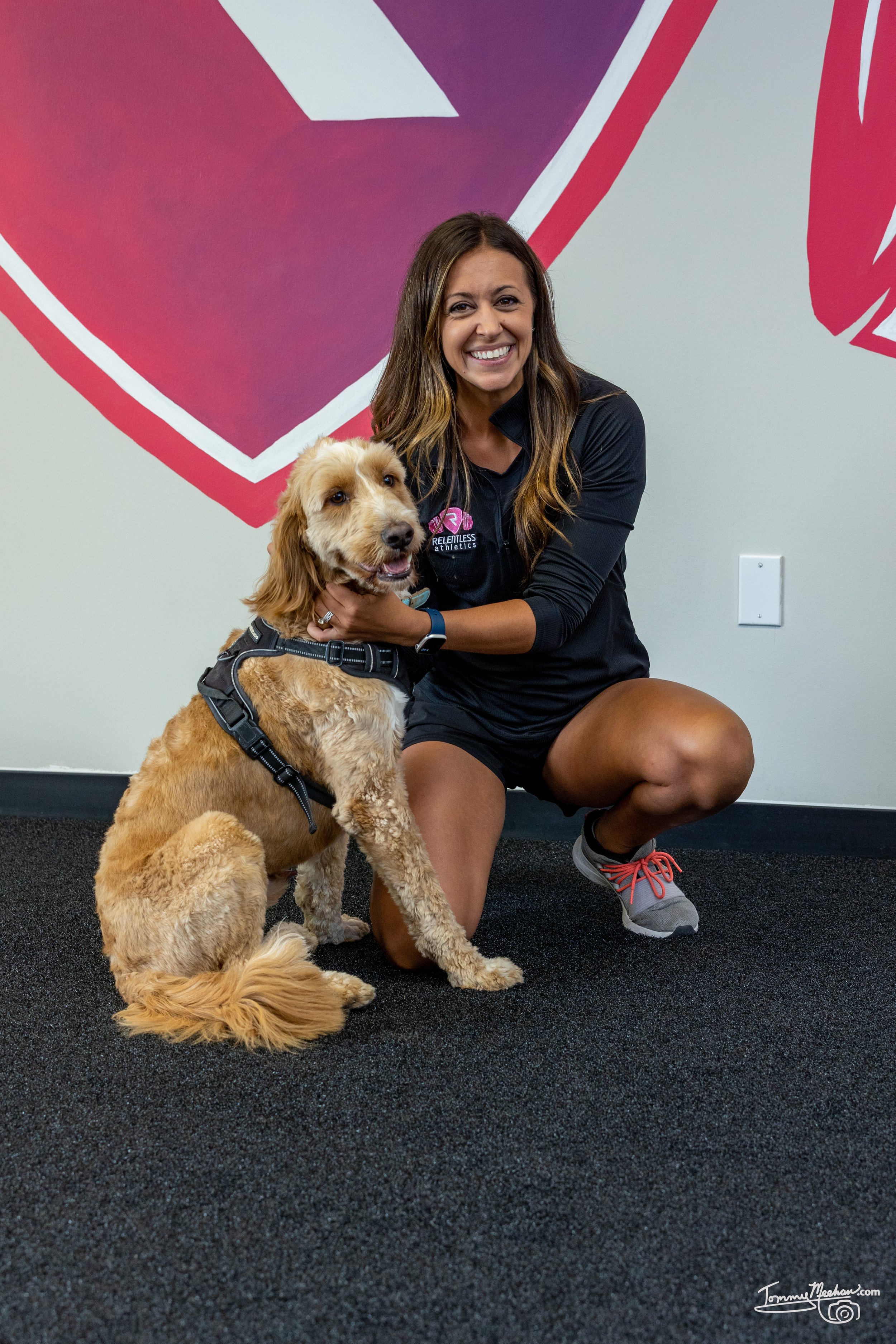Three Ways Female Athletes Can Reduce Injury Risks This Season
By Emily Neff (Pappas), Ph.D. student
Injuries can be a significant concern for female athletes, disrupting their training and impacting their performance.
However, there are effective strategies to help minimize the risk of injuries.
Here are three key approaches:
1) GET STRONGER
Female athletes play their sports in multiple planes and directions, requiring their muscles, tendons, and ligaments to withstand high forces and rapid force changes.
Strength training is the only training that can increase muscle strength and tendon/ligament thickness.
Stronger muscles = greater forces to be absorbed before transmitting to the connective tissue.
Thicker tendons/ligaments = stiffer joints that can absorb force when muscles inevitably fatigue.
Strength training for females must consider their muscle type and tendon/ligament quality and how that changes after puberty.
This involves incorporating exercises that simulate their sport's dynamic and multi-directional demands at various intensities and speeds.
Strength training that implements higher relative intensities helps improve the female’s muscle ability to produce and absorb force at high rates, similar to those she experiences on the field or court.
Training with slower tempos helps build endurance for the musculoskeletal system so that fatigue happens later in a game.
Faster tempos in different directions help build stiffness in the joints, helping her tendons and ligaments hold her joints’ in efficient positions in her game.
Focusing on a comprehensive training program that progressively overloads these tissues complementary to sports volume is the ONLY way female athletes can reduce their risk of injuries.
Imagine this: your daughter strength trains 2-3x/wk for 6+ months out of the year….
and the other 3+ months, she trains 1x per week
The result?
An injury-free daughter who is also more confident on the field, running faster and jumping higher!
Why wouldn't you make that investment in her?
2) GET COORDINATED
Neuromuscular control and proprioception are essential for maintaining stability and preventing injuries.
Compared to boys, girls lack the coordination of their muscles and bones after puberty.
This is because their bones grow faster than their muscles cannot match.
Sometimes, your daughter looks like a newborn giraffe when this happens, and that’s NORMAL!
Meanwhile, when boys go through puberty, they are STRONGER, more POWERFUL, and more COORDINATED.
Boys experience a neuromuscular spurt. Meanwhile, girls do not.
This is a major reason females experience injuries (particularly of the knee) at higher rates than their male counterparts at puberty.
Less coordination of the body = more stress exposed to body parts less equipped to handle forces = greater injury risks
Improved neuromuscular control is a fancy way of explaining females need to improve their brain-body awareness, allowing for more efficient movements and control at their joints.
Neuromuscular training improves muscle firing patterns, dynamic joint stability, and movement patterns efficiently related to sports performance.
But don't let the Instagram and TikTok gurus fool you…
Not all neuromuscular training programs are created equal.
For instance, training on unstable surfaces = poor sports injury risk reduction.
Jump landing plyometric training without strength = poor injury risk reduction
Ladder drills = no injury risk reduction.
In fact, the best neuromuscular training programs combine progressive strength and plyometric training. Only this type of training has been shown to reduce injury risks in female athletes.
BONUS POINTS if you perform a higher technical progressive loading training program such as Olympic Weightlifting that has been shown to make the ACL thicker!!!
Talk about reduced injury risks!!
Meanwhile, all the rest is just fancy noise but a waste of time….
3)RECOVER HARDER.
Recovery is a critical component of injury prevention.
Female athletes should prioritize recovery techniques that promote tissue repair and reduce the risk of overuse injuries.
It doesn’t matter what you see on TikTok….there is no more effective way to recover than SLEEP, NUTRITION, and HYDRATION.
In fact, athletes who sleep less than 8 hours per night are at a much higher risk of injury than those who don’t!
Even more, girls who are undernourished and experience low energy availability show higher rates of injury compared to those who are eating more regularly throughout the day in adequate amounts.
Not sure if your daughter is eating enough, her mentrual cycle is a VITAL SIGN for that!
Menstrual cycles that are >35-45 days apart is a big red flag that she is undernourished and at risk for bone and soft tissue injuries.
What about stretching and foam rolling?
Although stretching and foam rolling are great ways to help your body FEEL better (and that’s huge!), they have no actual impact in increasing recovery rates!
They are great at certain times!
Right before a big tournament, absolutely!
Right after your pre-season practice, when the goal is to get your body to adapt, don’t do it!
Ice paths reduce the adaptive potential of exercise, meaning you will have LESS of an improvement after your hard workout.
Putting it together
Female athletes can significantly reduce their risk of injuries by focusing on improving strength, getting more coordination, and implementing practical recovery strategies.
These approaches not only contribute to improved performance but also ensure long-term athletic health and success.
ABOUT THE AUTHOR
In 2015 Emily opened Relentless Athletics to build a community for female athletes while educating their parents and coaches on the necessity of strength training and sports nutrition to optimize sports performance and reduce injury risks in the female athlete population.
Emily holds a M.S. in Exercise Physiology from Temple University and a B.S. in Biological Sciences from Drexel University. She is currently pursuing her Ph.D. at Concordia University St. Paul with a research focus on female athletes & the relationship between strength training frequency, ACL injury rates, and menstrual cycle irregularities (RED-s). Through this education, Emily values her ability to coach athletes and develop strength coaches with a perspective that is grounded in biochemistry and human physiology.
When she isn’t on the coaching floor or working in her office, she is at home with her husband Jarrod and their daughter Maya Rose, and, of course, their dog Milo (who has become the mascot of Relentless)!!

















